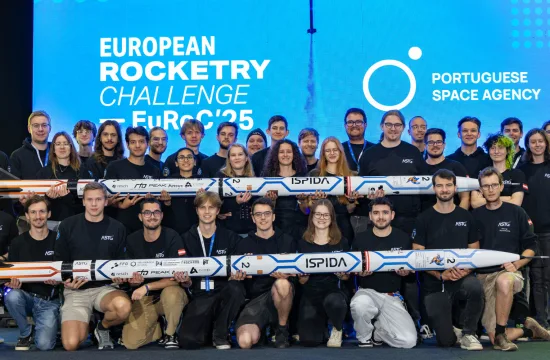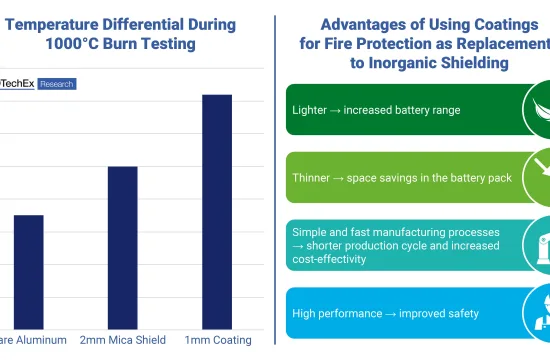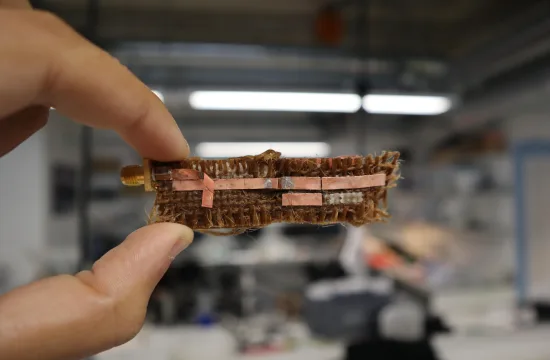
Researchers have developed a new practical method of assessing the mechanical properties of structures, with potential application to structural health monitoring of large structures such as bridges and viaducts in Singapore.
The team has published their findings in a paper that was an extended version of research presented at the 24th International Conference on Mechatronics Technology (ICMT) in 2021.
Young’s modulus is a crucial mechanical property that measures the stiffness of solid materials. Traditionally, determining Young’s modulus involves destructive material testing. However, this paper proposes a novel approach using Digital Image Correlation (DIC) combined with numerical back-analysis to evaluate the dynamic Young’s modulus of materials, particularly for bridges and viaducts.
To demonstrate the method, three different materials (brass, aluminum, and steel) were subjected to both static and dynamic tests. A static transverse displacement was applied to the free end of a beam, which was then allowed to vibrate freely. Using DIC, the resulting vibrations at the free end were monitored, and the natural frequencies of the beam were derived through Fast Fourier Transform (FFT) analysis of the DIC measured time history.
To obtain Young’s modulus, modal back-analysis was employed, utilizing the finite element program Ansys 2022 R1. By correlating Young’s modulus with the fundamental natural frequency of the beam, the material’s dynamic properties were successfully determined using a combination of numerical and DIC techniques. Importantly, this non-contact evaluation method eliminates the need for destructive testing, making it a valuable tool for assessing the structural integrity of bridges and buildings.
The potential applications of this innovative method extend to bridge and building assessments, as well as structural health monitoring (SHM). By enabling non-destructive evaluation, this approach contributes to improved safety, durability, and performance of critical infrastructure.
According to researchers, this project has received strong sustained support from key collaborators, including the Land Transport Authority (Singapore), and the National University of Singapore, Industry partners, Imetrum Ltd and Sensorcraft Technology (S) Pte Ltd have played a vital role in providing assistance.
Notably, the Digital Image Correlation system, a key instrument for the research, was supplied by Imetrum Ltd and Sensorcraft Technology. The project’s exciting findings have opened up new engineering opportunities for Imetrum Ltd and Sensorcraft Technology (S) Pte Ltd in the structural engineering sector.
The team that published the paper comprised the following researchers from Newcastle University in Singapore, namely Loh Tick Boon (a Part-time Ph.D. student who works as a lecturer at Republic Polytechnic), Dr JJ Chong (main supervisor) and Dr Kheng Lim Goh (second supervisor), and National University of Singapore (NUS), namely Dr Kian Hau Kong (external supervisor) and Dr Siang Huat Goh (external supervisor), with support from Yutong Wu, a NUS final-year undergraduate.
References
[1] T. B. Loh, Y. Wu, S. H. Goh, K. H. Kong, K. L. Goh, and J. J. Chong, “An integrated approach for the determination of Young’s modulus of a cantilever beam,” Electronics, vol. 11, p. 2826, 2022, doi: 10.3390/electronics11182826.







